Major condensation inside with new Marvin windows in new house
threeapples
10 years ago
Featured Answer
Sort by:Oldest
Comments (40)
Jerrym303
10 years agomillworkman
10 years agoRelated Professionals
Castro Valley Window Contractors · San Antonio Window Contractors · Bluffton Window Contractors · Homestead Window Contractors · Plainview Window Contractors · Hesperia Window Contractors · Idylwood Window Contractors · Fremont General Contractors · Hanford General Contractors · Jefferson Valley-Yorktown General Contractors · Rolling Hills Estates General Contractors · Lebanon Carpenters · Oak Grove Carpenters · The Hammocks Carpenters · Valley Stream Carpentersthreeapples
10 years agoJerrym303
10 years agommarse1
10 years agoamber_windows
10 years agolkbum_gw
10 years agoKarateguy
10 years agoamber_windows
10 years agoWindows on Washington Ltd
10 years agothreeapples
10 years agolkbum_gw
10 years agowindowinsulators
10 years agoWindows on Washington Ltd
10 years agooberon476
10 years agowindowinsulators
10 years agoWindows on Washington Ltd
10 years agoannkh_nd
10 years agoHomeSealed
10 years agothree4rd47
8 years agoWindows on Washington Ltd
8 years agoHomeSealed Exteriors, LLC
8 years agomcmajat21
8 years agoWindows on Washington Ltd
8 years agoHomeSealed Exteriors, LLC
8 years agolast modified: 8 years agomcmajat21
8 years agotoddsimmpns
8 years agoHomeSealed Exteriors, LLC
8 years agolast modified: 8 years agolkbum_gw
8 years agotoddinmn
8 years agoHomeSealed Exteriors, LLC
8 years agotoddinmn
8 years agoHomeSealed Exteriors, LLC
8 years agolast modified: 8 years agomcmajat21
8 years agotoddinmn
8 years agoHomeSealed Exteriors, LLC
8 years agoiCustomSofa
6 years agoWindows on Washington Ltd
6 years agooberon476
6 years ago
Related Stories
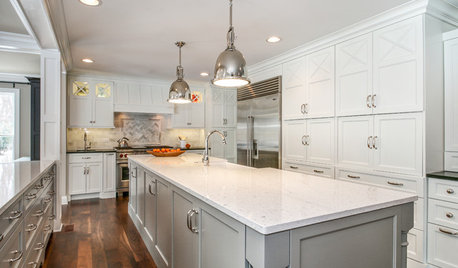
BEFORE AND AFTERSInside Houzz: Ideabooks Propel a Major Chicago Remodel
Communicating redesign wishes was easy for a homeowner with Houzz’s tools at her fingertips
Full Story
HOUZZ TOURSHouzz Tour: A Portland Bungalow Gets a Major Lift
Raising a whole house allowed 5 extra bedrooms and a walk-out basement — plus a boost in income
Full Story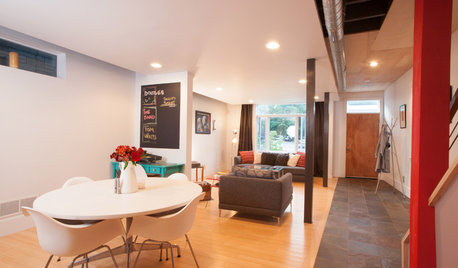
HOUZZ TOURSMy Houzz: Major DIY Love Transforms a Neglected Pittsburgh Home
Labor-intensive handiwork by a devoted couple takes a 3-story house from water damaged to wonderful
Full Story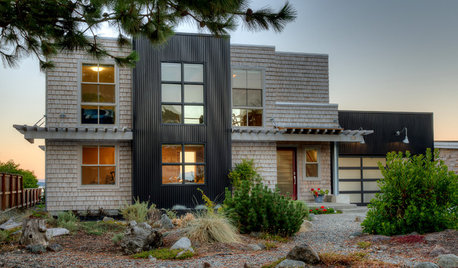
COASTAL STYLEHouzz Tour: Major Face-Lift Gives a Beach House New Life
The transformation of this Puget Sound island home is so remarkable that many residents think it was torn down and rebuilt
Full Story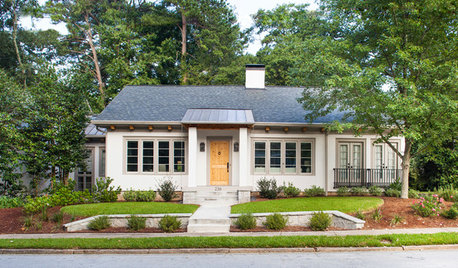
BEFORE AND AFTERSHouzz Tour: A Georgia Foreclosure Gets a Major Overhaul
Gutting and redesigning turn a mishmash 1925 home into a unified haven with better flow
Full Story
HOUZZ TOURSHouzz Tour: Major Renovations Aid a Usonian Home
Its classic lines got to stay, but this 1950s home's outdated spaces, lack of privacy and structural problems got the boot
Full Story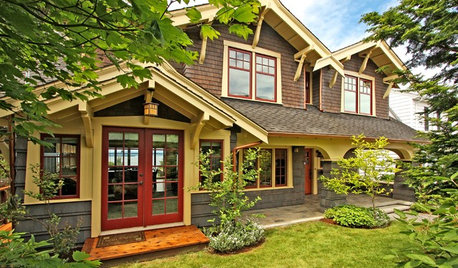
HOUZZ TOURSHouzz Tour: Major Changes Open Up a Seattle Waterfront Home
Taken down to the shell, this Tudor-Craftsman blend now maximizes island views, flow and outdoor connections
Full Story
MIDCENTURY HOMESHouzz Tour: An Eichler's Interior Gets a Major Overhaul
Extensive interior work gives a 1973 home in California better flow and a brighter outlook
Full Story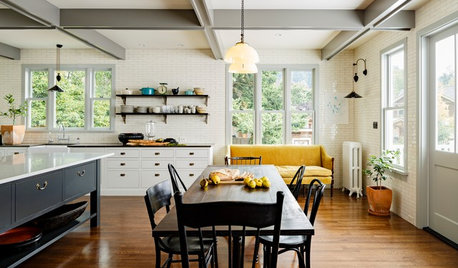
REMODELING GUIDESMajor Remodel: Restoring a Queen Anne to Glory
Misguided 1970s changes marred this Victorian-era home in Portland, until a dedicated family moved in
Full Story










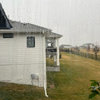

HomeSealed Exteriors, LLC